
Bunker Edits:


On the 10th of June 1907, An audience of 600 was invited to watch brothers Louis and August Lumière, develop their newest invention which was a combined system which was an additive colour screen process. However the Lumière brothers first patented the Auto-Chrome in 1903 and presented the discovery to Académie des Sciences in 1904.
The first Auto-Chrome colour image in Jersey was done in 1904 by Emile Guiton, was of Fruit.
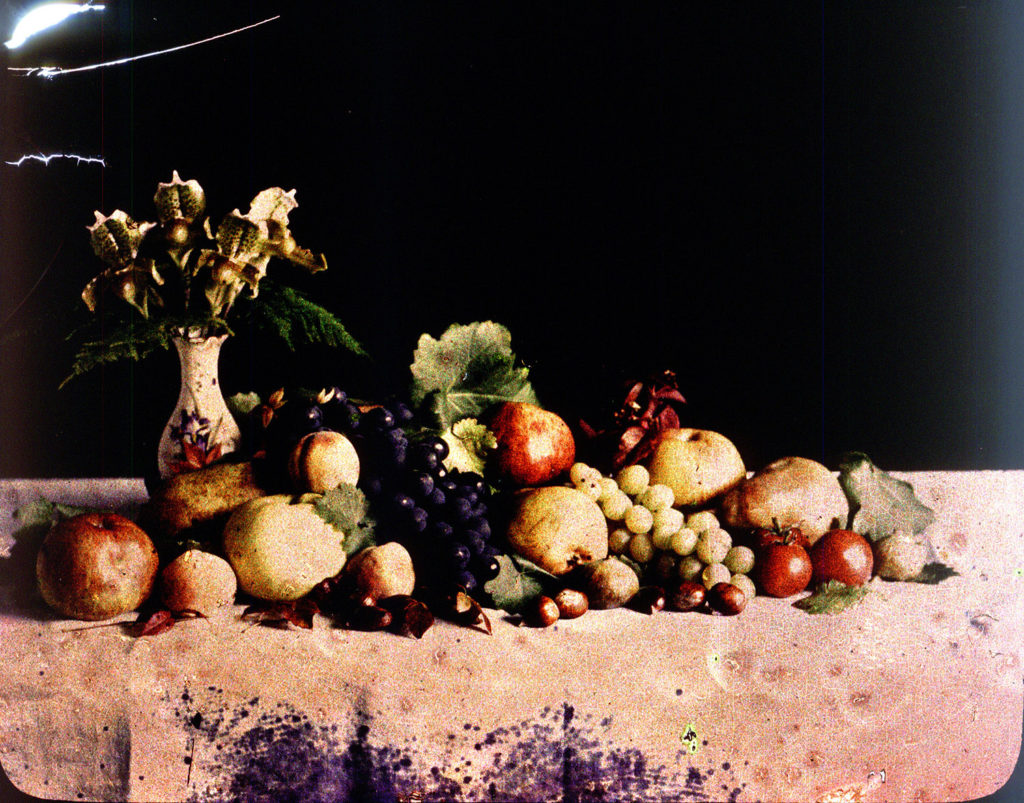
In 1907, the invention of Auto-Chrome was reaching worldwide audiences in different areas, such as photographically, scientific and culturally. A chemist called Fritz Wentze wrote of the ‘tremendous enthusiasm’ for the first colour plate, and spoke “this was an experience of which only someone who was living at the time can have a very clear idea”.
Autochrome plates are covered in microscopic red, green and blue coloured potato starch grains. When the photograph is taken, light passes through these colour filters to the photographic emulsion. The plate is processed to produce a positive transparency. Light, passing through the coloured starch grains, combines to recreate a full colour image of the original subject.
Do an Autochrome photo didn’t require any special equipment, the photographers could use their existing cameras. However they did have to remember to put the Autochrome plate in the camera, with the glass side nearest the lens.
Due to the manufacturing process for the Autochrome, it became more expensive than monochrome, therefore, the Autochrome plates were sold in a box of 4 rather than the usual 12. In 1910, a box of 4 quarter plates cost 3 Shillings (15p), whereas if you wanted a dozen monochrome plates it was 2 Shillings (10p).
Environmental Portraits
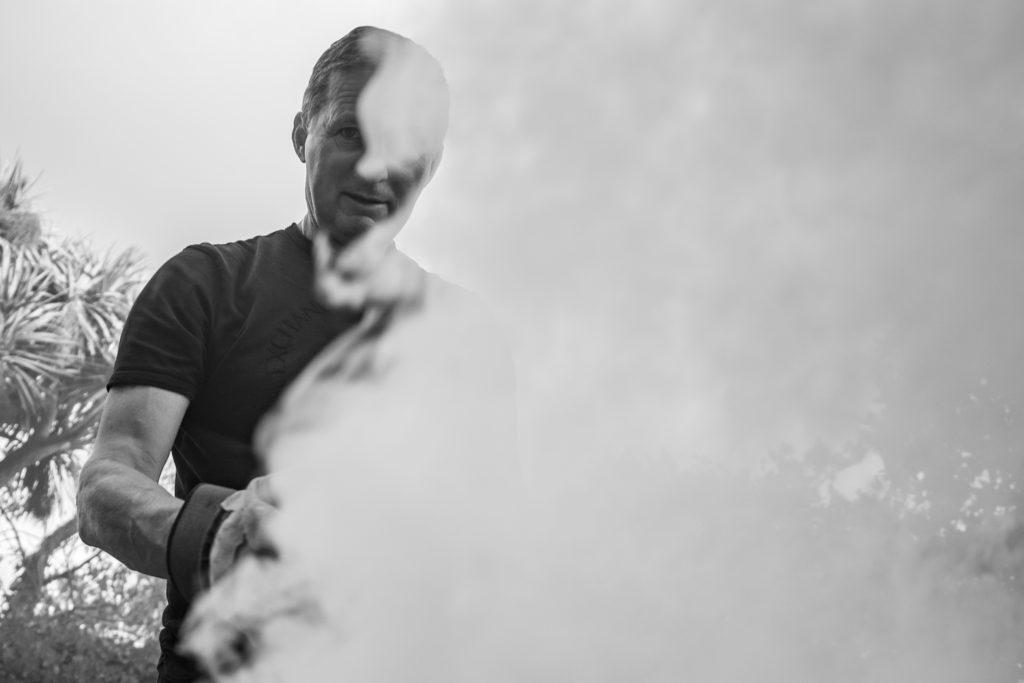
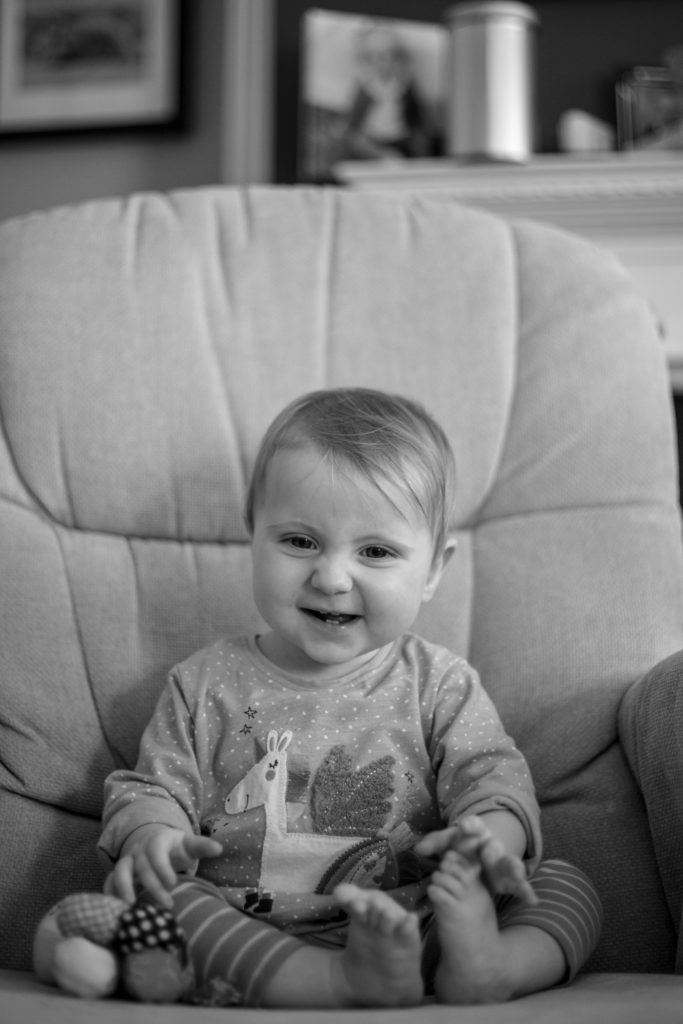

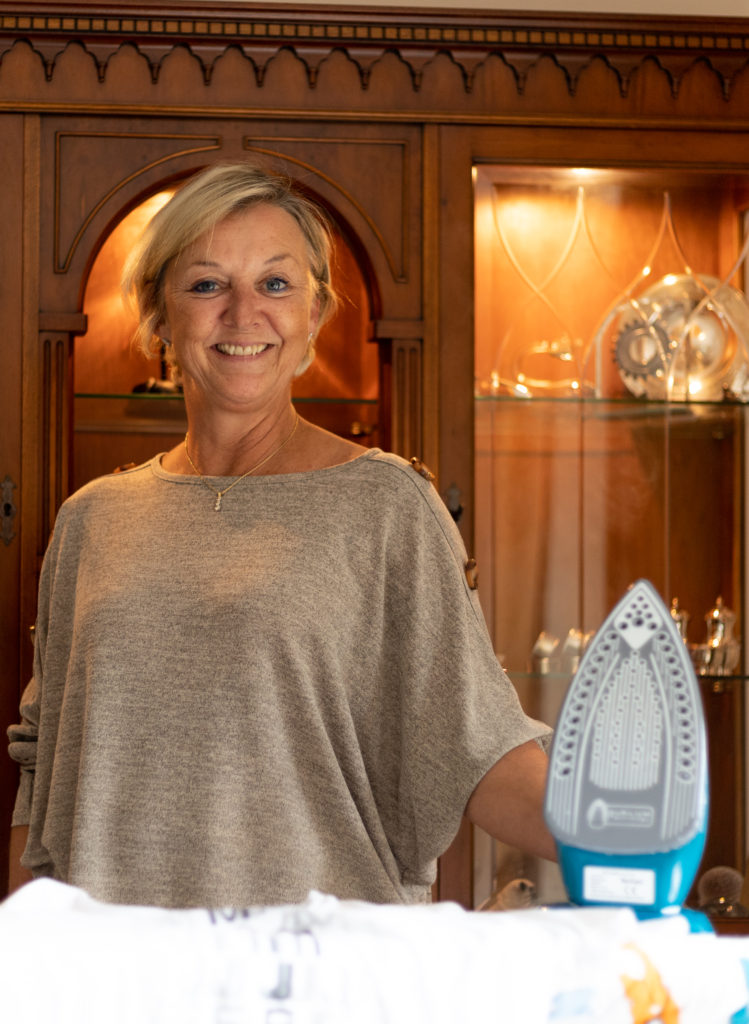

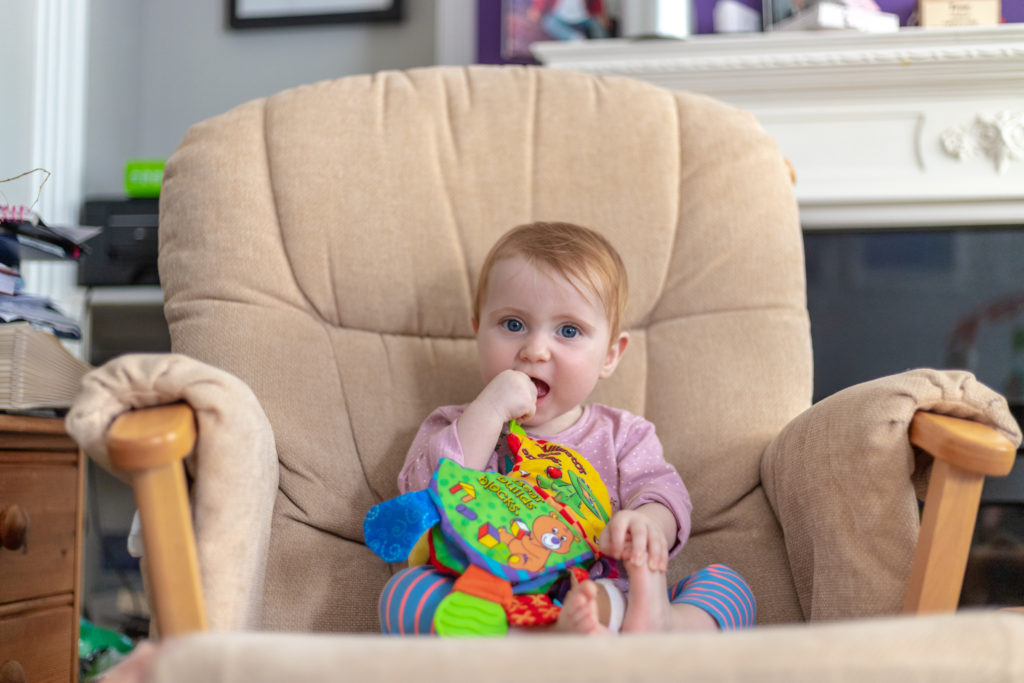
Candid Portraits
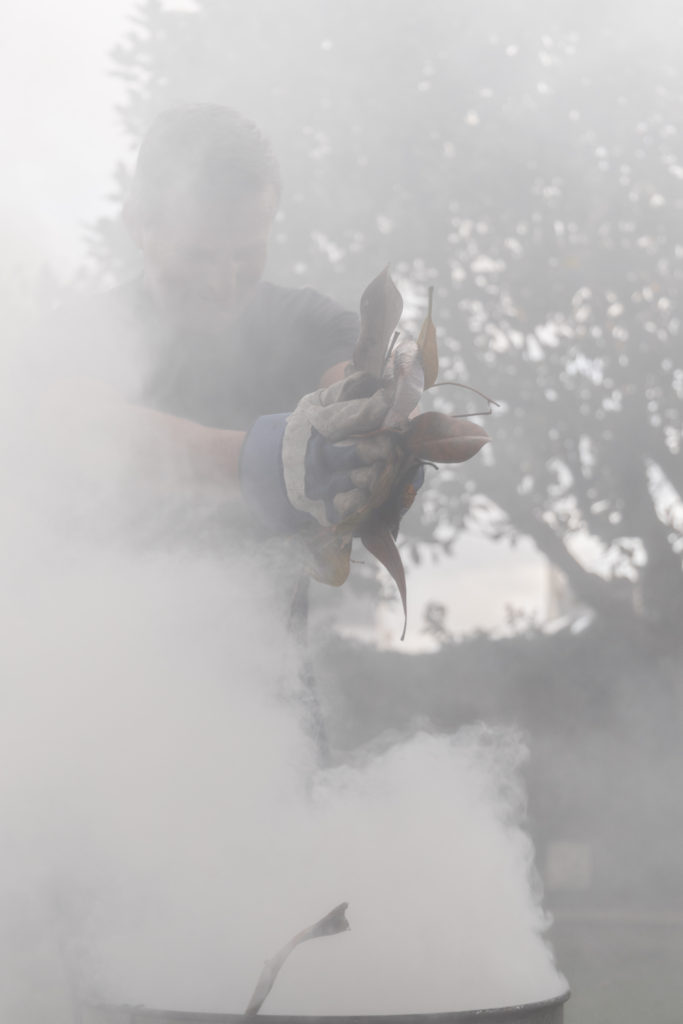

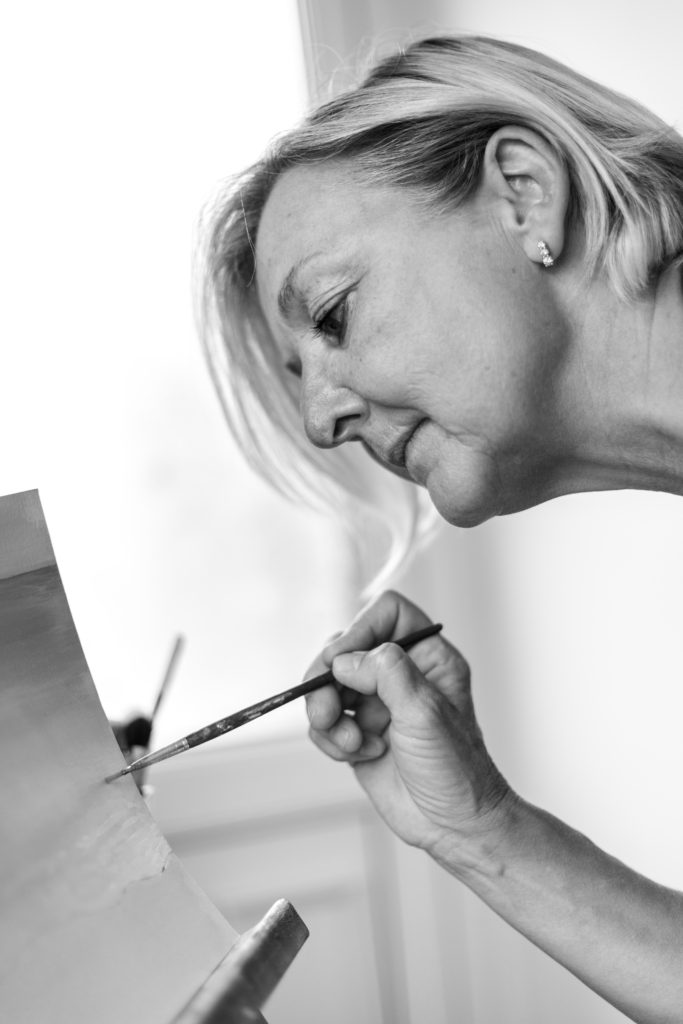
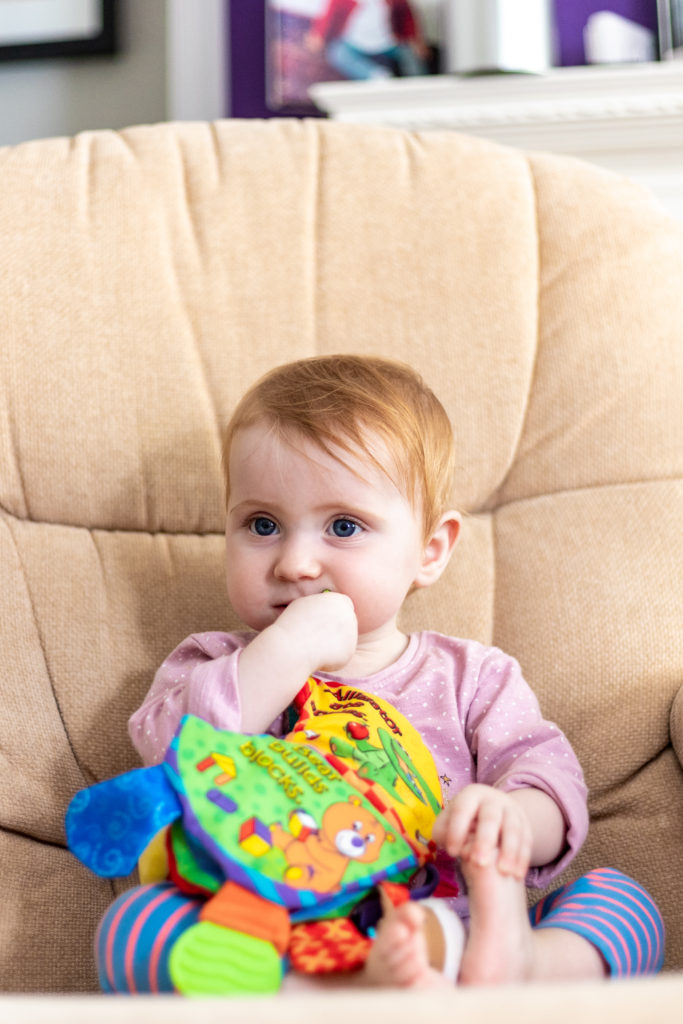
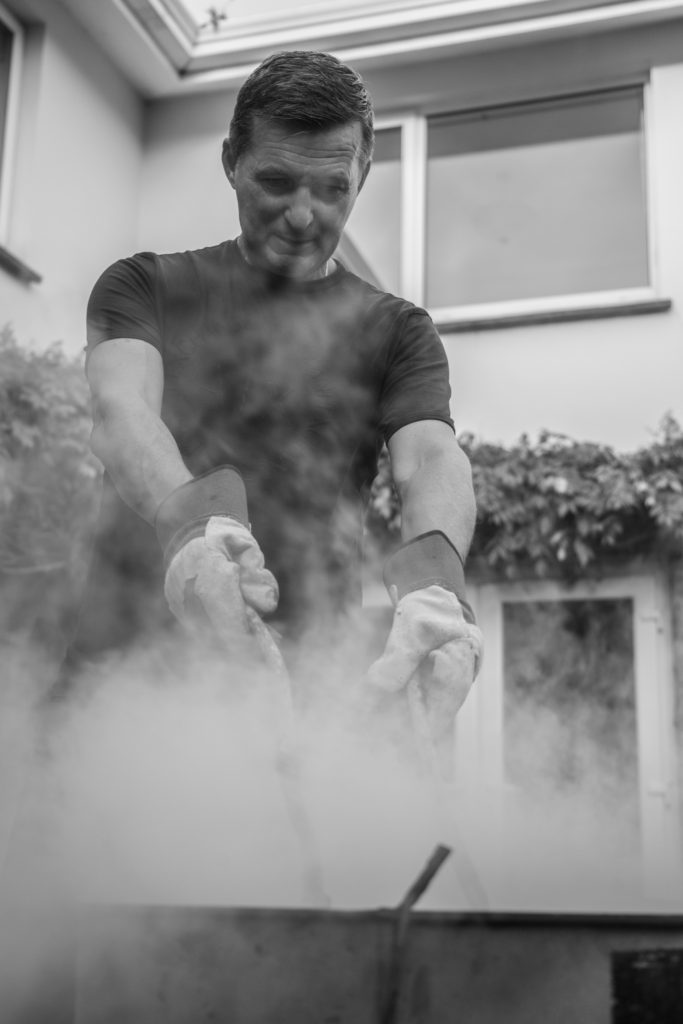
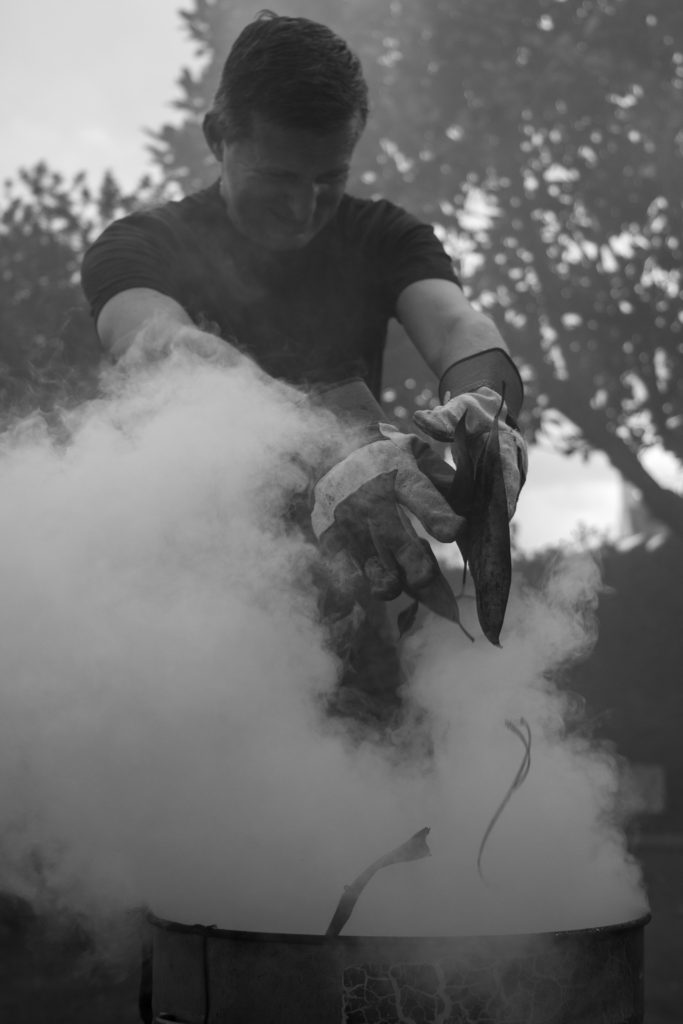



Detail Shots
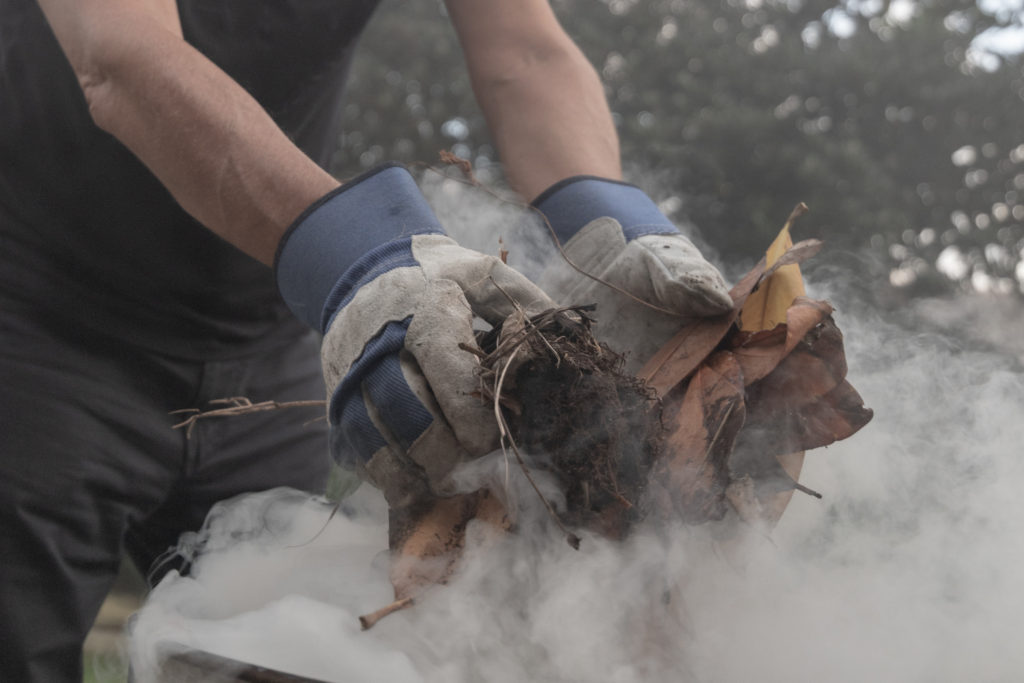



For my detailed images, I decided to focus on hands and fingers, as I think they can be an interesting way to tell a slightly more subtle story. I wanted a range of different images; contrasting the older hands of my mum with the much smoother and newer hands of my baby cousin. Then to oppose these images, I used the gloves that my dad was wearing to show a more closed off and mysterious look, aided by the smoke.
Interior/Exterior Shots


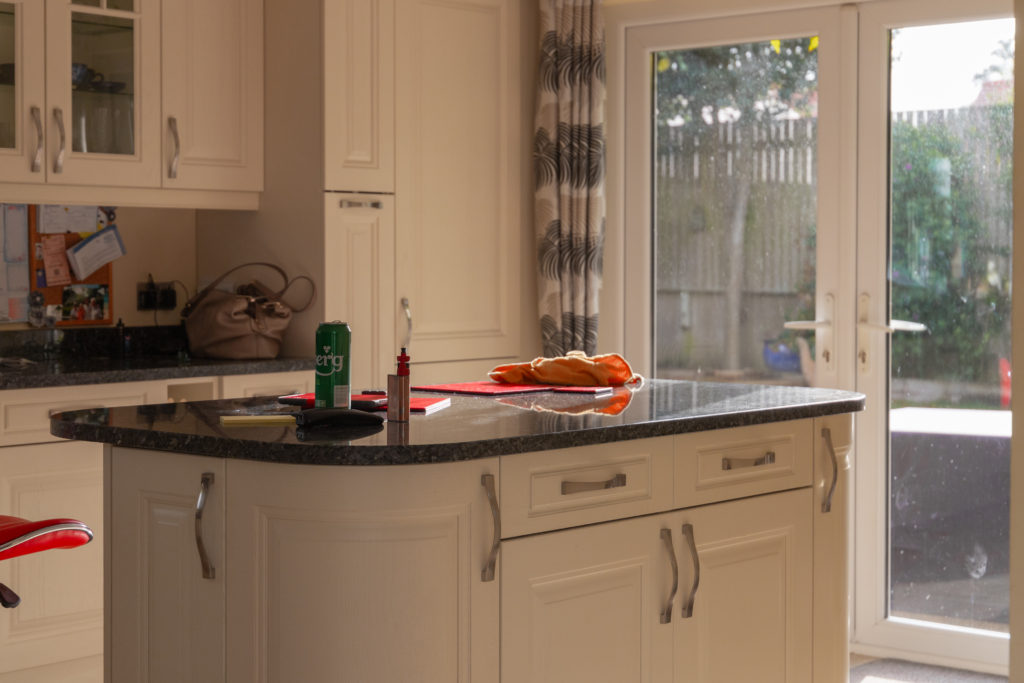
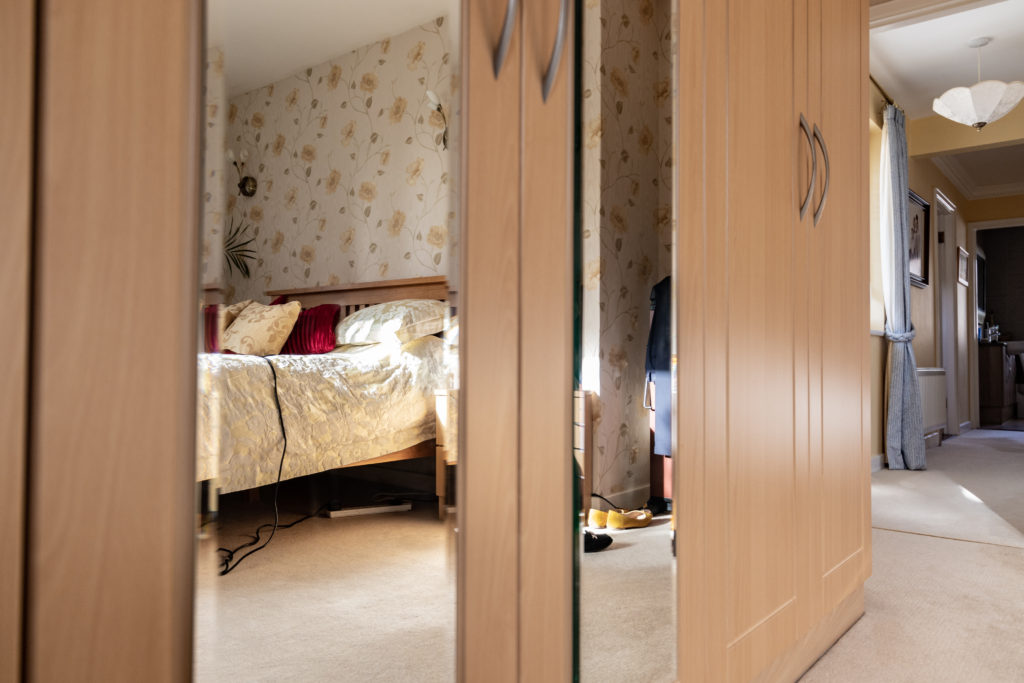


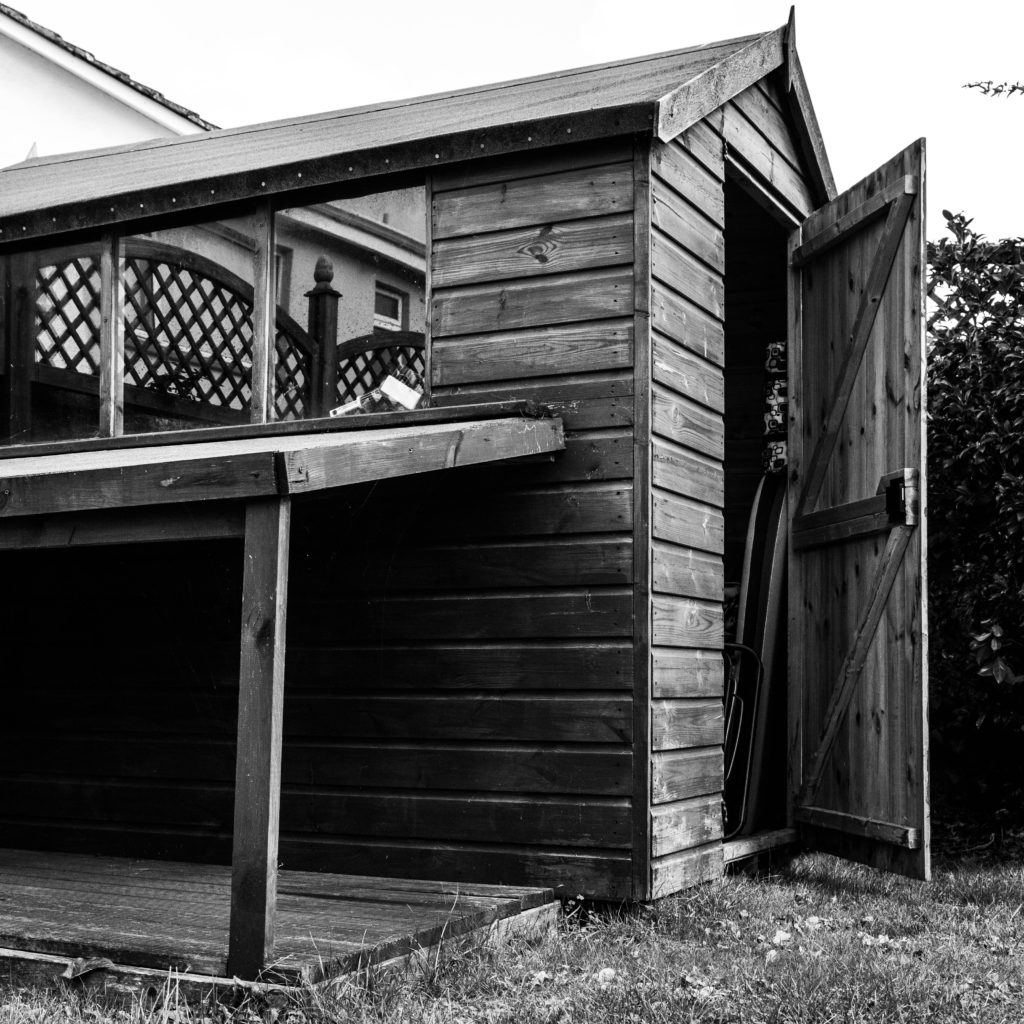
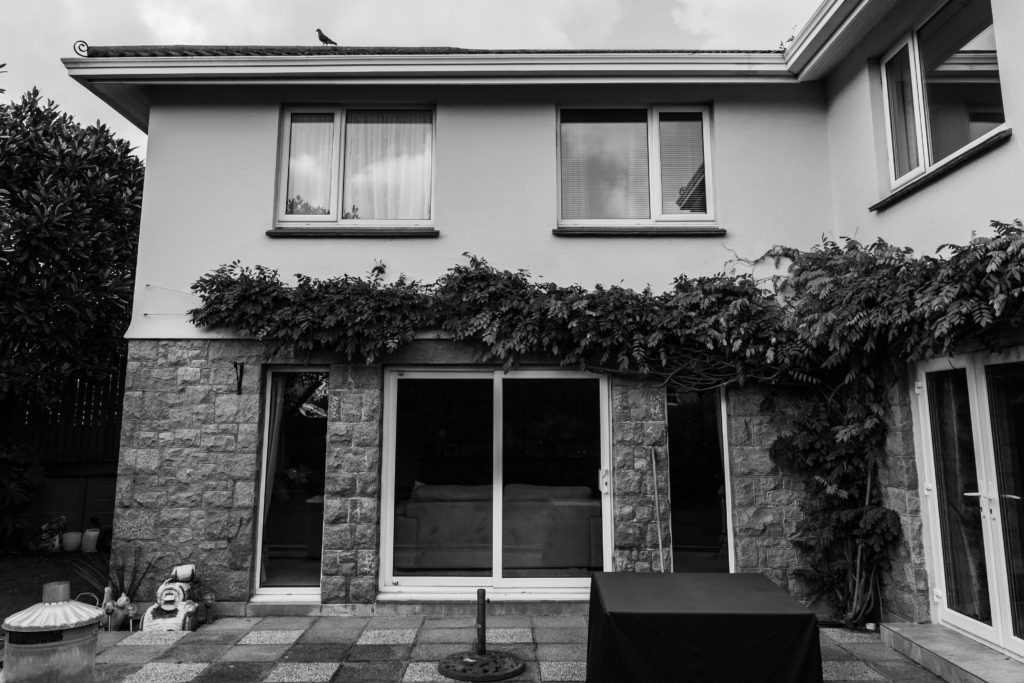
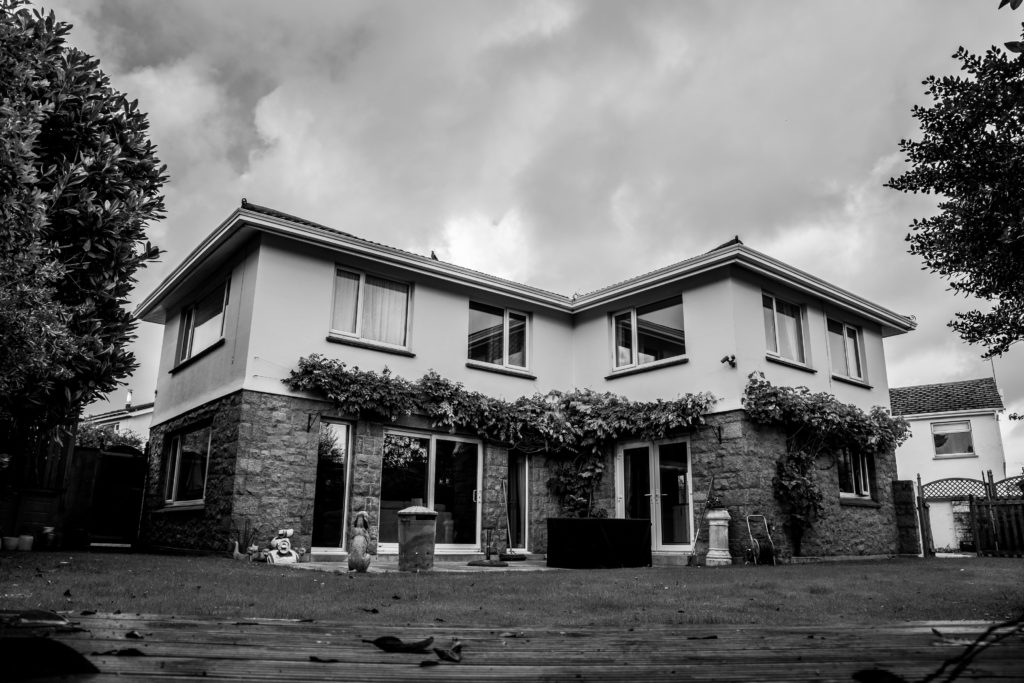
For the interior images I wanted to make the house look like it was recently abandoned, which was why I decided to leave a lot of small Mise-En-Scene items out on various surfaces like drinks cans in the kitchen, items on the bedside table and hairdryer on the bed. Originally I thought of clearing all surfaces and having a much cleaner image, and you can see this experimentation in my first images of the lounge. I also began to play with reflections on the interior, and I decided to carry this on to the exterior of the house. For instance, on the image of the shed, I decided to get the reflection of the fence in the window, however I then noticed that the house’s roofline behind the shed matched up quite well with the one in the reflection. For the final shot of the house, I decided to use the reflections in the window to create a cross and giving the image some abstract elements.

